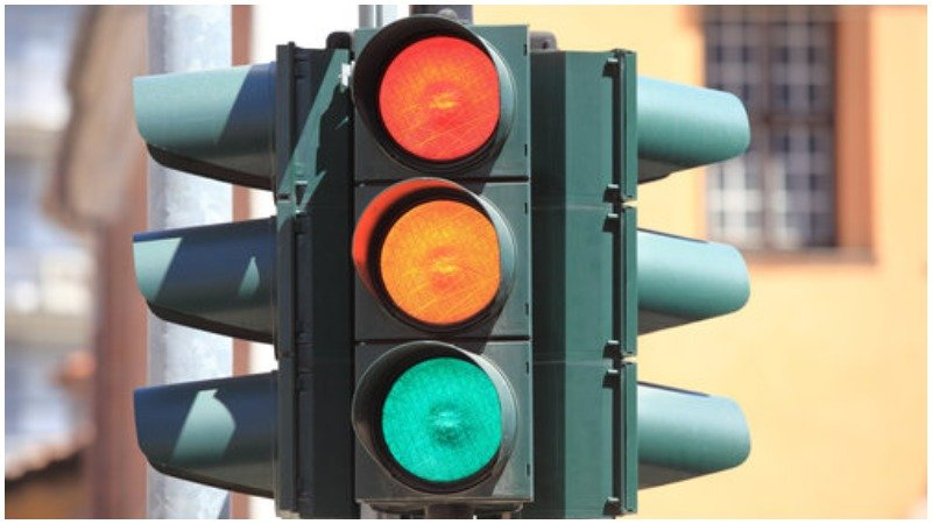
Each of us lives somewhere. Maybe a big town or a small one, the countryside or the mountains, by the water or in the desert. And we often feel a heavy weight on our shoulders, for reasons big and small.
Let me try to put our issues in perspective, starting with my own.
1/N
Let me try to put our issues in perspective, starting with my own.
1/N
My kids grew up in Chelsea. They were born in Chelsea Westminster hospital and are big fans of the Chelsea Football Club, which is just a 1/2 mile down the Fulham Road. That red circle below is St. Luke’s on Sydney Street, where they played football (soccer) day in and day out. 

Chelsea is in southwest Central London. Greater London is a big place. The red polygon shows Chelsea in perspective. 

London is a city in England. When you combine England with Scotland and Wales, you have Great Britain. When you add Northern Ireland to Great Britain, you have the United Kingdom.
In comparison, I have outlined London in red.
In comparison, I have outlined London in red.

England, along with all those other countries, are part of Europe (ha, well kinda).
This is a map of Europe, and I have circled the UK and the Republic of Ireland in red.
This is a map of Europe, and I have circled the UK and the Republic of Ireland in red.

Europe is one of the seven continents on the planet. The other continents are Asia, Africa, Australia, Antarctica, South America and North America. 

These continents and the oceans are all part of huge sphere called planet Earth. I have outlined Europe below.
On this side of our sphere, we only see 2 ½ continents. On the other side we have North America, South America, Australia, and Antarctica.
On this side of our sphere, we only see 2 ½ continents. On the other side we have North America, South America, Australia, and Antarctica.

The Earth spins around on itself once per day (every 24 hours). The Earth is also circling around our Sun.
It takes one year for the Earth to circle (or orbit) all the way around our sun.
It takes one year for the Earth to circle (or orbit) all the way around our sun.

Earth is one of nine planets in our solar system (Pluto has recently been reclassified as a planet, so didn't make the cut below).
Each of these planets has an orbit around our sun.
Each of these planets has an orbit around our sun.

Of the nine planets in our solar system, the earth is larger than four of them; Venus, Mars, Mercury, and Pluto. Compared to them, the Earth is massive. 

Then getting back to our sun, it heats up all the planets, and has the gravitational pull to keep all the planets in orbit around it.
Even though Jupiter is massive when compared to the Earth, it is very small when compared to our sun.
Even though Jupiter is massive when compared to the Earth, it is very small when compared to our sun.

As a quick sidebar, we should get a sense of the speed of light.
If you could travel at the speed of light, it would take you eight minutes and 20 seconds to reach the sun.
More practically, it takes eight minutes and 20 seconds for the light from the sun to reach us on earth.
If you could travel at the speed of light, it would take you eight minutes and 20 seconds to reach the sun.
More practically, it takes eight minutes and 20 seconds for the light from the sun to reach us on earth.

Our solar system, which includes our sun, the Earth, and all the other planets orbiting around the sun, is part of a bigger system called a galaxy.
Our galaxy is called the Milky Way.
Our galaxy is called the Milky Way.
There are many, many, many other suns in the Milky Way. The nearest of these other suns is called Alpha Centauri.
Alpha Centauri is over 25 trillion miles away from our sun (and remember, that is the closest sun to our own).
Alpha Centauri is over 25 trillion miles away from our sun (and remember, that is the closest sun to our own).
It takes four years and five months for light to travel from Alpha Centauri to the Earth. In other words, when we see Alpha Centauri in the night sky, we are seeing it over four years ago.
The arrow below points to it in the night sky.
The arrow below points to it in the night sky.

While Alpha Centauri is the closest star to us in the Milky Way, the *largest* star in the Milky Way is VY Canis Majoris.
Despite its largeness, it is so far away that we can’t see it without a telescope.
Despite its largeness, it is so far away that we can’t see it without a telescope.
VT Canis Majoris is over a *billion* times larger than our sun, and - traveling at the speed of light - it would take nearly 5,000 years to get there. 

And even though we can’t see VY Canis Majoris in the night sky, we can still get a clear view of the Milky Way (from some places, like mountaintops) without a telescope.
It is vast and beautiful.
It is vast and beautiful.

However, the portion of our galaxy visible to our naked eyes here on Earth is only a fraction of the entire Milky Way. 

And believe it or not, in our universe there are thousands upon thousands upon thousands of galaxies.
Scientists estimate that there are over 100 billion galaxies in the universe. Here are just a few to scale, including our own.
Scientists estimate that there are over 100 billion galaxies in the universe. Here are just a few to scale, including our own.

But some other galaxies are bigger. Much bigger.
The largest known galaxy in the universe is called “IC1101”. It has over one hundred trillion stars. IC 1101 is over a billion light years away.
The largest known galaxy in the universe is called “IC1101”. It has over one hundred trillion stars. IC 1101 is over a billion light years away.
In other words, when we look at it through a telescope, we are seeing it a billion years ago.
And IC1101 makes the Milky Way look like a grain of sand.
And IC1101 makes the Milky Way look like a grain of sand.

So, when we feel like we have big problems (and yes I know, they ARE big problems), it might help to remember that – ultimately - when compared to this vast universe, the weight on our shoulders is very, very, very, very, very small.
/END
/END
• • •
Missing some Tweet in this thread? You can try to
force a refresh







